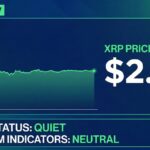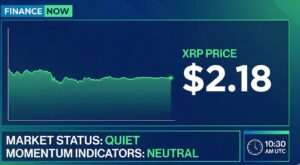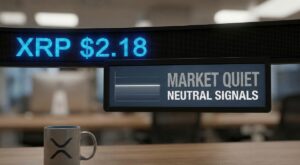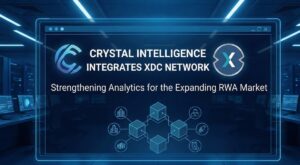Recently, the buzz around blockchain and data science has been loud and clear, and for a good reason. Blockchain is a novel technology in the form of an immutable but decentralized ledger that ensures transparent transactions from all potential industries where it is used. On the other hand, data science is the process of extracting insights from structured and unstructured data using tools like machine learning and computer science. The section below analyzes some critical points in blockchain and data science.
What are the Similarities between Blockchain vs. Data Science
Although blockchain and data science seem to look like two distinct fields, they have several similarities. Both technologies deal with data types while using complex mathematical processes to analyze patterns, validate transactions, and extract insights from available data. Secondly, blockchain and data science are both new and evolving fields of innovation. Therefore, there is a high level of experimentation and application and ample opportunities to be discovered in both areas.
Blockchain and data science are emerging fields seeking application in various organizations, industries, and sectors. They aim to create significant value for society as a whole. This creation involves informed decisions and the application of the technologies to new business models for efficiency and transparency’s sake. Lastly, both fields deal with sensitive information that must always be private. The algorithms used to validate or process data are also made immutable and private.
What are the Differences between Blockchain vs. Data Science
There are several differences between blockchain and data science. One that is particularly inherent is the purpose of both fields. Data science aims to extract valuable insights and predictions from data to draw inferences, make informed decisions, and solve problems. Blockchain is primarily a decentralized ledger to store and validate data and transactions. Therefore, their purpose alone is a significant tell of their differences. Also, the data type in data science is centrally controlled and usually provided by an organization or individual needing analysis services. On the opposite end is the blockchain, whose selling point is that a central authority or organization does not control it.
Examining data processing for blockchain and data science will also reveal some substantial differences. In the blockchain, data processing is spread across different nodes, and each of these nodes creates new blocks and validates transactions. Other differences range from the technical skills needed for both fields to the types of data they processed.
What is the Nexus between Blockchain and Data Science
Despite their differences, it would seem that blockchain and data science can be potentially intertwined to work together. Each field has different tools that can be utilized by each other. Blockchain technology can tighten security for the data processed by data science. It can be used to create an immutable database or trusted data marketplace that all qualified personnel can access without compromising the data quality.
On the other spectrum of things, data science employs techniques like machine learning that can be pretty important for analyzing data stored in blockchain networks. It can identify transactional data patterns, predict future data outcomes, and even serve as a detection network against fraud.
Conclusive
The relationship between blockchain and data science cannot simply be written off. While there are glaring differences inherent in their nature and purpose, there is a potential for the application of tools and techniques of blockchain to data science and vice versa. The goal is to improve the quality and security of data. An understanding of the relationship is pretty essential to be able to leverage these technologies for innovation and growth.




























